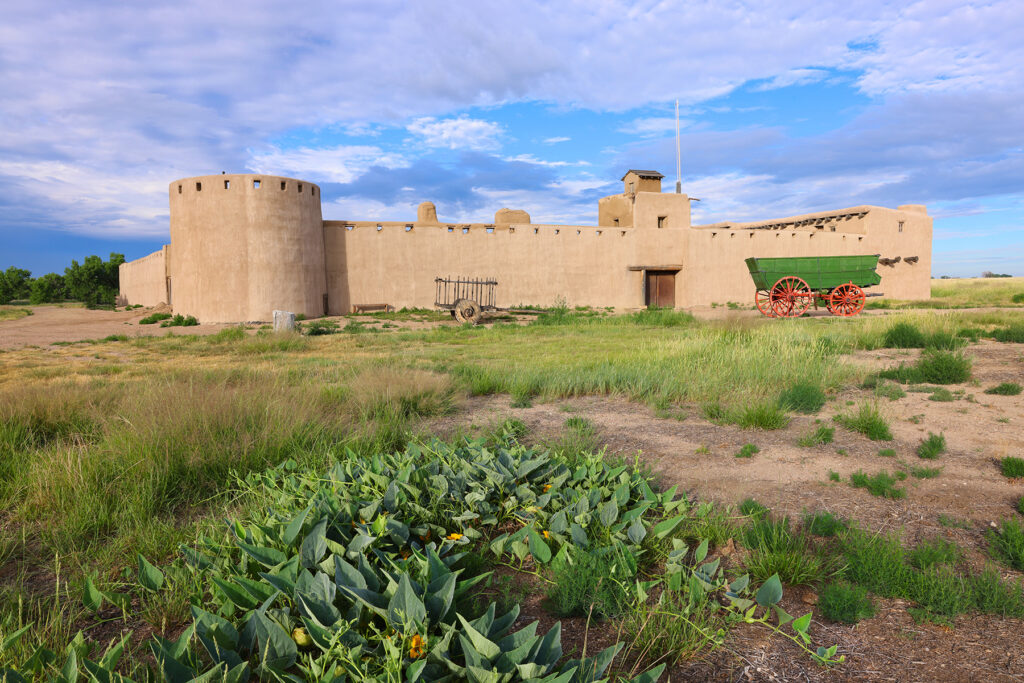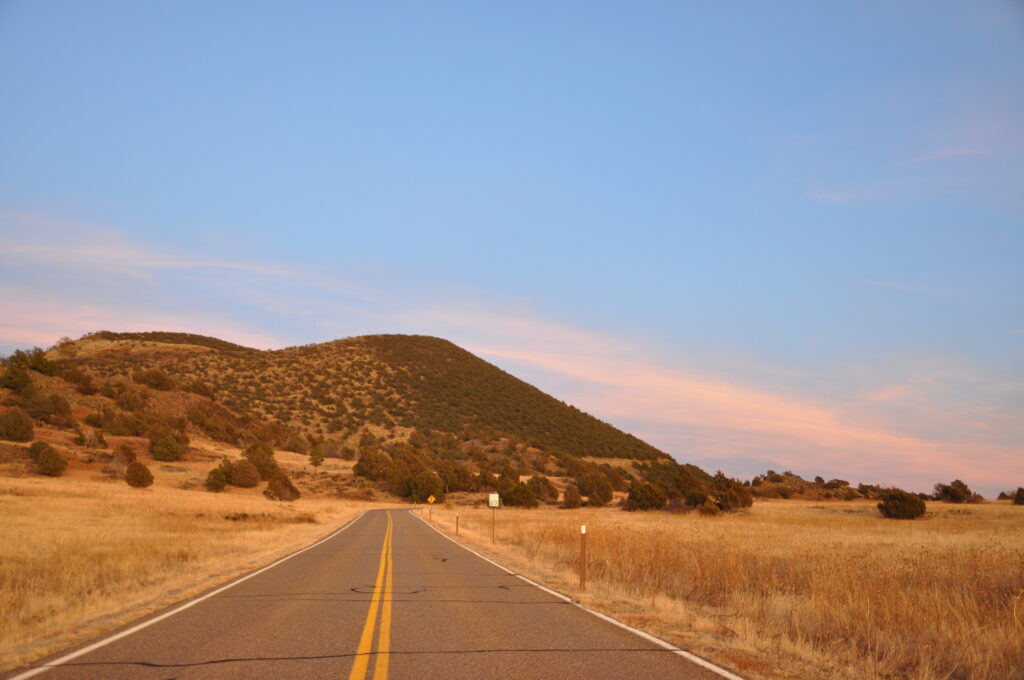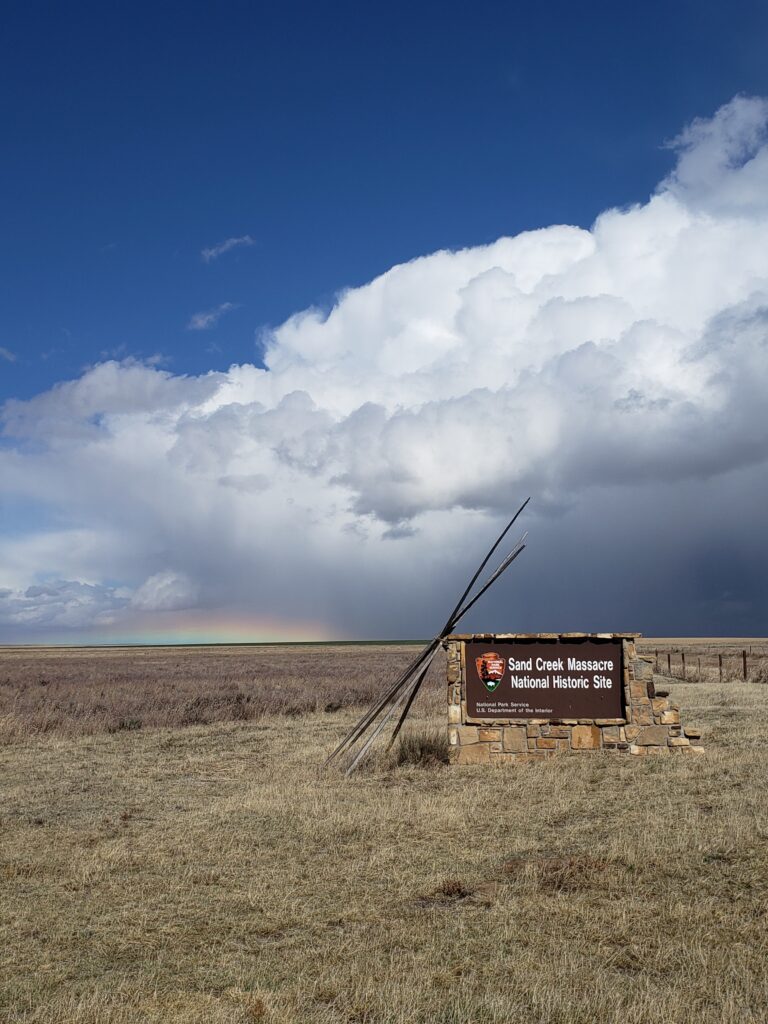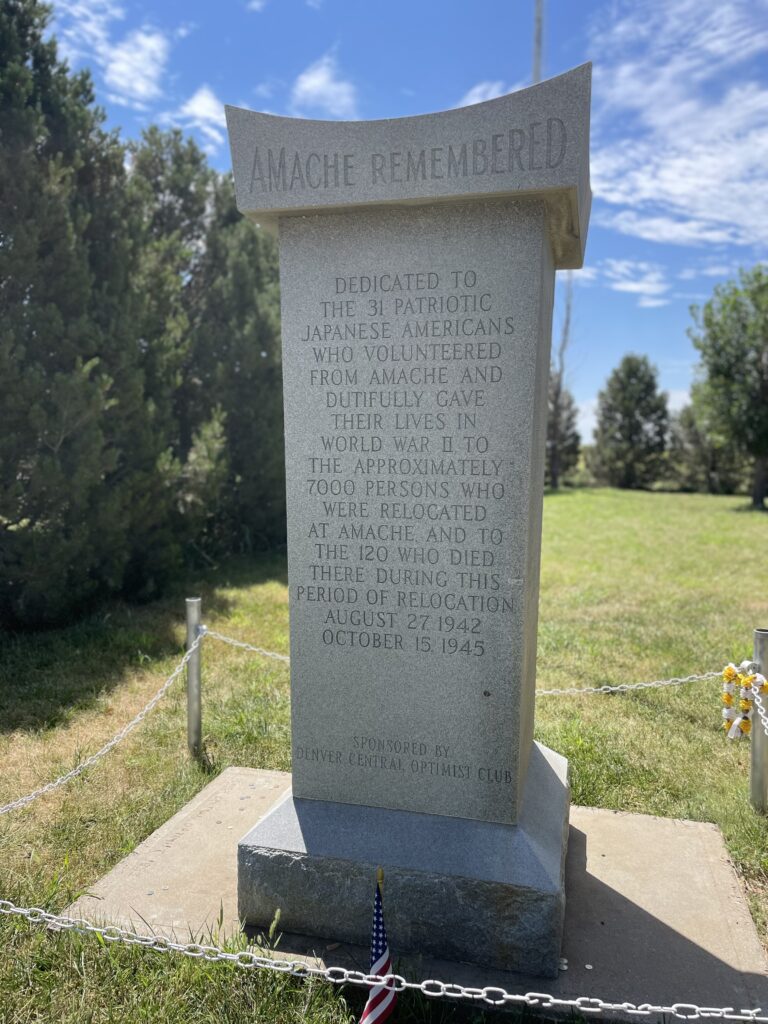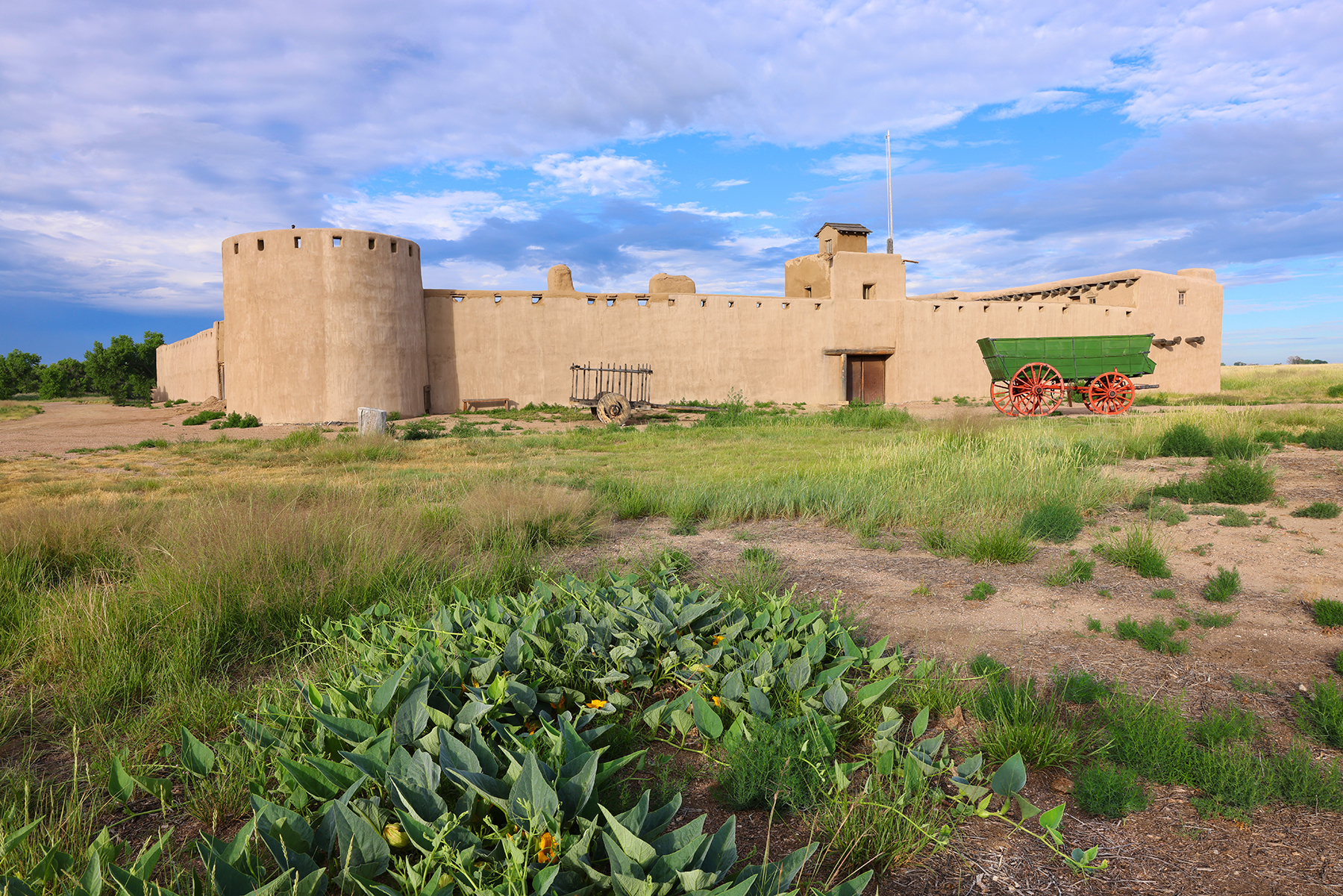The High Plains Group of Parks represent two distinct eras of public lands and public memory. While seemingly disconnected, there is a cohesive story within the parks driven by Indigenous peoples, Westward expansion, trade, and agriculture leading to distinct moments of opportunity, tragedy, and persecution.
The four units of the High Plains Group of Parks are:
Amache National Historic Site was designated by Congress on March 18, 2022 to preserve, protect, and interpret resources associated with the incarceration and military service of civilians of Japanese ancestry during World War II at the Granada Relocation Center—more commonly known as Amache. The act also directs the National Park Service (NPS) to interpret the public reaction to the incarceration of Japanese Americans in Colorado and the transition and resettlement of incarcerees and their descendants after the closure of the camp.
Capulin Volcano National Monument was established by presidential proclamation on August 9, 1916. The intent of President Woodrow Wilson’s executive order was to preserve the nearly perfectly shaped volcanic cinder cone, which stands more than 1,200 feet above the surrounding high plains of northeastern New Mexico. A two-mile paved road spirals up to the volcano rim making Capulin Volcano one of the most accessible volcanoes in the world. The unobstructed, panoramic views of the volcanic field, distant Sangre de Cristo Mountains, and portions of four states (Colorado, New Mexico, Oklahoma, and Texas) provide outstanding opportunities for visitors to understand and appreciate the geologic history of northern New Mexico.
Bent’s Old Fort National Historic Site was designated by Congress in 1960 to commemorate the role of the trading post built by Bent, St. Vrain & Company to trade for buffalo robes with the Cheyenne and Arapaho tribes. Situated along the Santa Fe Trail, the fort provided explorers, adventurers, traders, and the U.S. Army a place to get needed supplies, wagon repairs, livestock, good food, water, company, rest, and protection in the vast “Great American Desert.” Today, the park features a reconstructed version of the 1840s adobe fur trading post. Archeological excavations and original sketches, paintings, and diaries were used to replicate the features of the fort, which was reconstructed during the country’s bicentennial and Colorado’s centennial in 1976.
Sand Creek Massacre National Historic Site commemorates the November 29, 1864, attack on a village of about 700 Southern Cheyenne and Arapaho people along Sand Creek (Big Sandy Creek and Sand Creek refer to the same drainage and are synonymous terms) in southeastern Colorado Territory, about 170 miles southeast of Denver. At dawn, approximately 675 soldiers of the 1st and 3rd Regiments, Colorado Volunteer (U.S.) Cavalry, killed more than 230 Cheyenne and Arapaho over the course of seven hours. For more than 150 years, the Sand Creek Massacre has maintained its significance as one of the most emotionally charged and controversial events in U.S. history; a tragedy reflective of its time and place.
